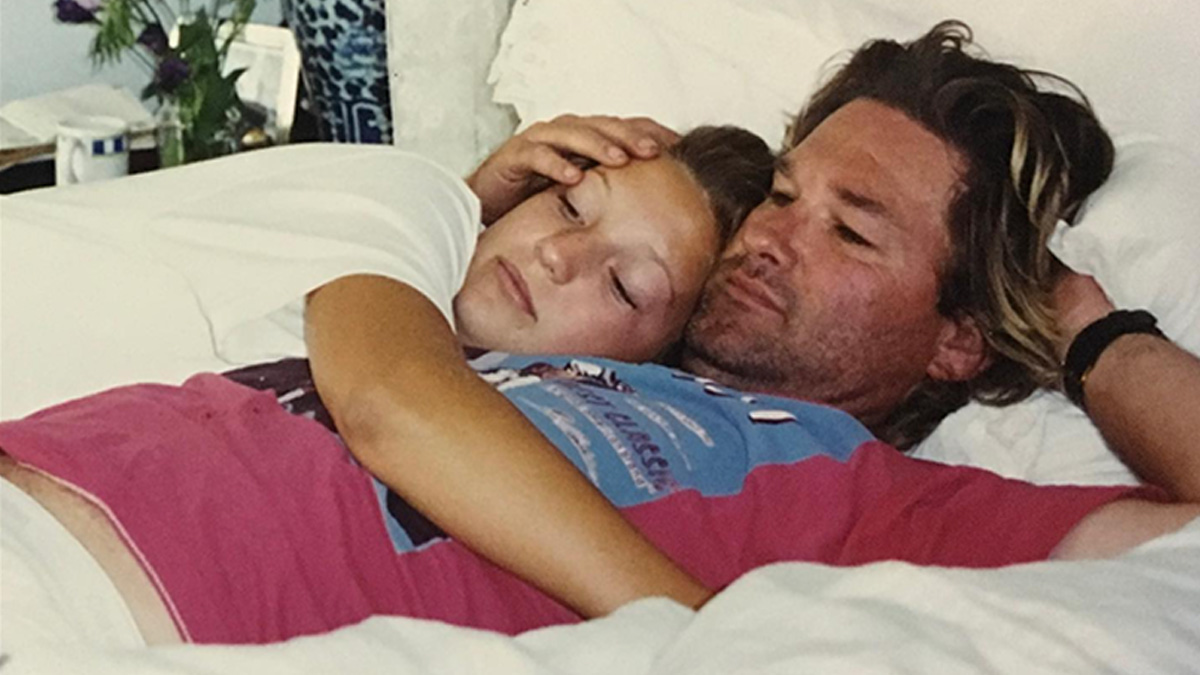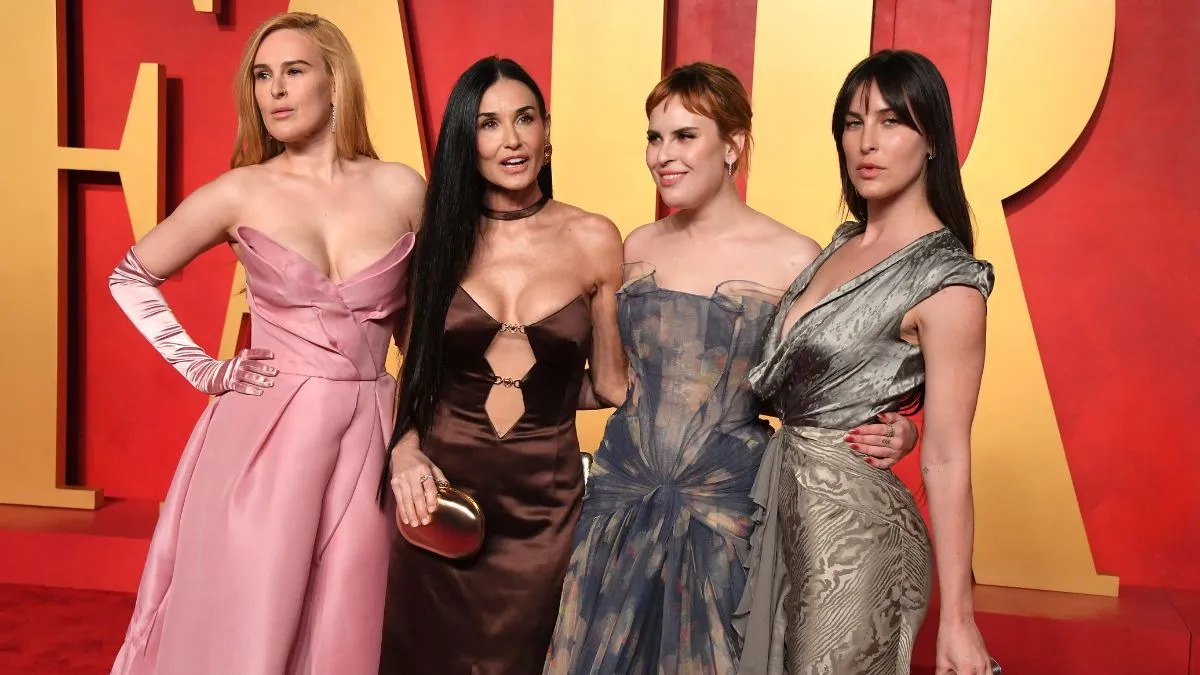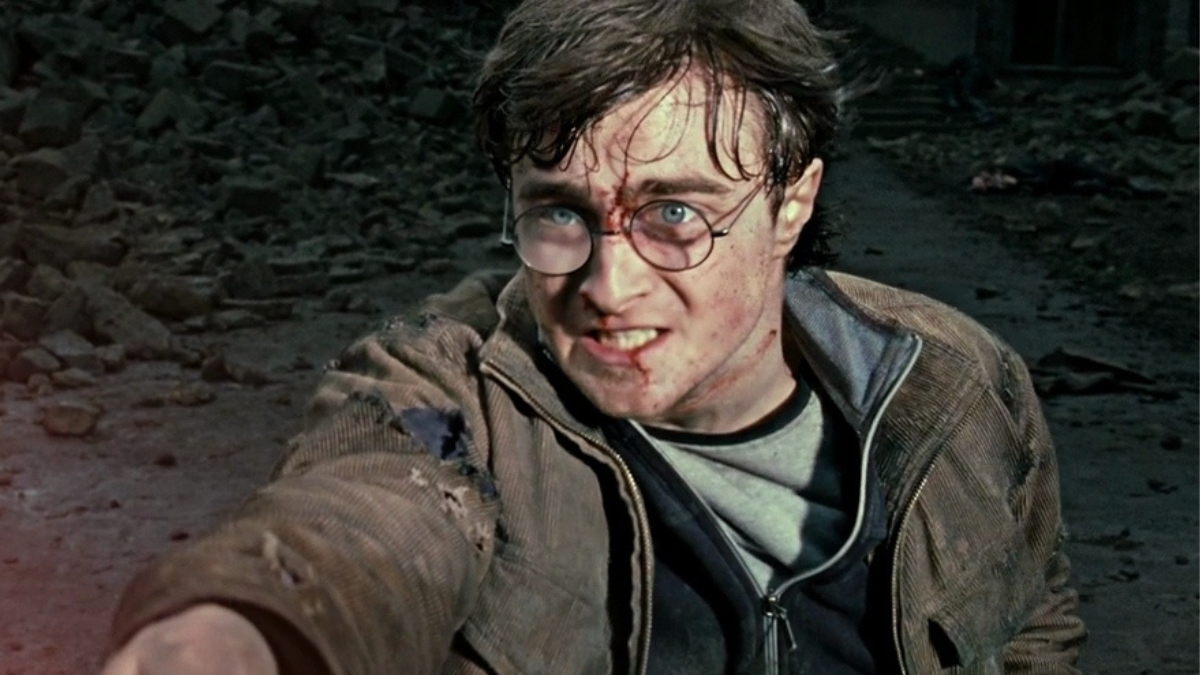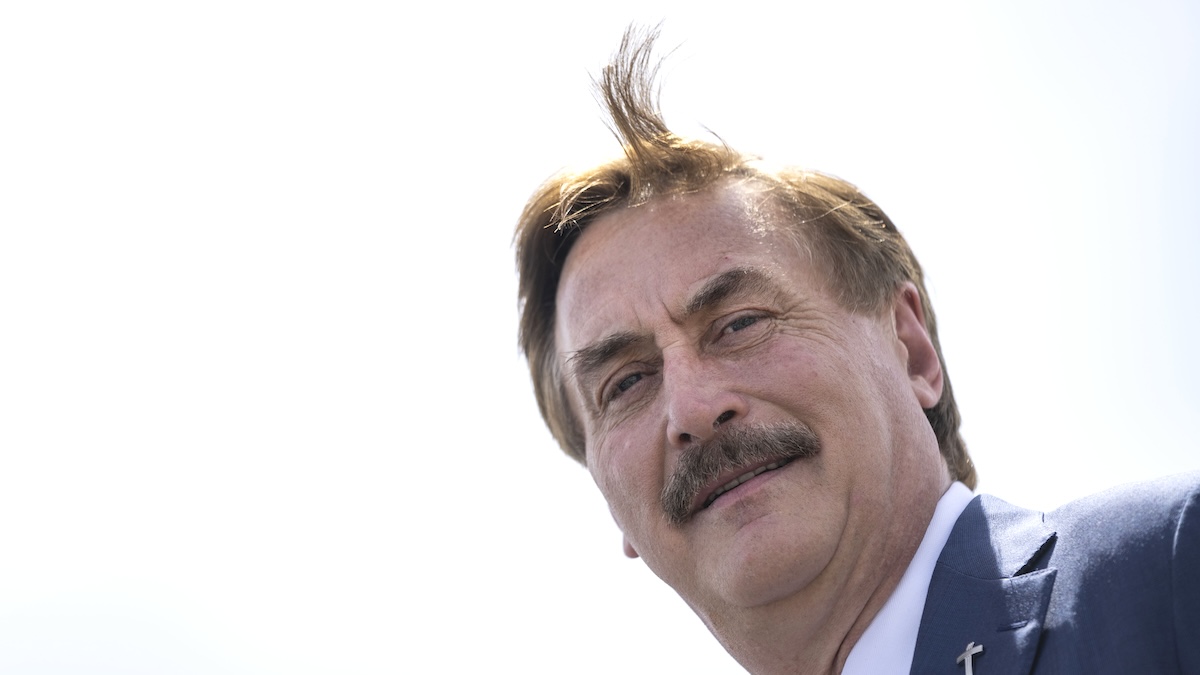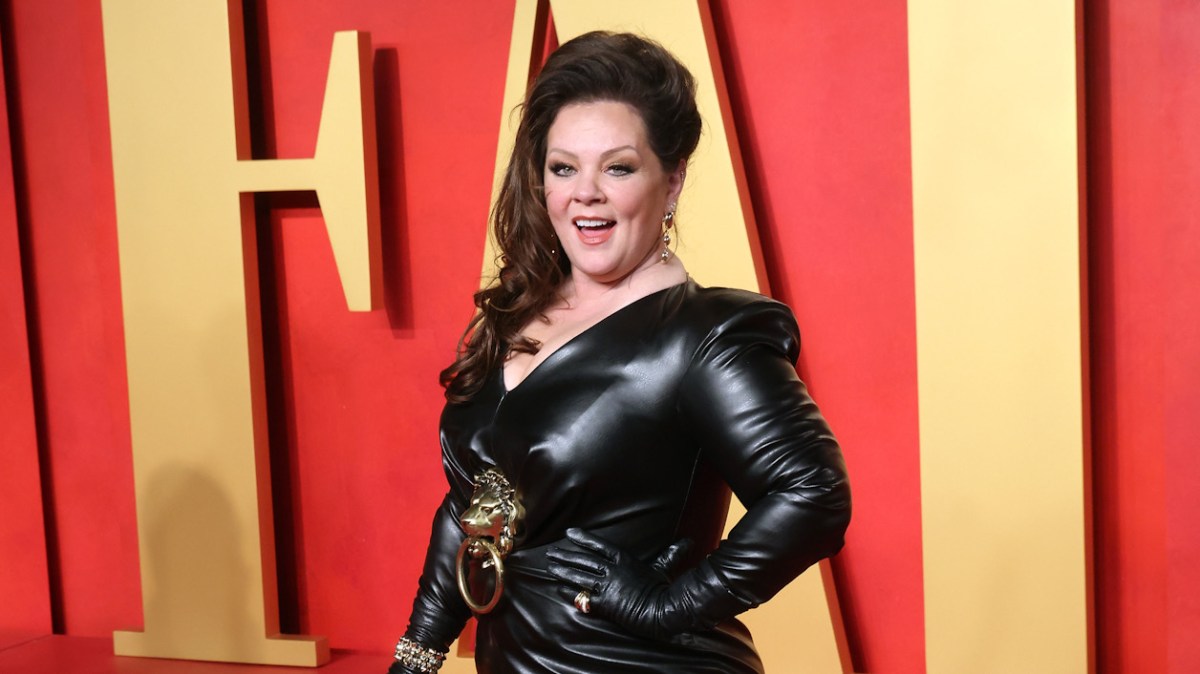As we all know, Star Wars was a massive blockbuster smash hit in 1977, not the least of which was because of its groundbreaking special effects. So, it’s mind-boggling that George Lucas, just one year prior to the film’s release, was going to fire the special effects supervisor.
Why such madness from the Star Wars creator? Was he stressed because his mother once told him that he would never amount to anything? No, that wasn’t the reason for his fury. Let’s explain the details.
On the second episode of the 2022 Disney Plus docuseries Light & Magic, the story of the making the special effects for the first Star Wars film is told.
Of course, George Lucas had to set up his own special effects company, which he called Industrial Light & Magic (ILM). This was because no special effects studio existed at the time, and Lucas realized that he needed to create one if not just for Star Wars.
The studio was up and running in California in 1975 before Lucas left to shoot the film.
However, when Lucas finally returned to the States, he dashed right to ILM to see for himself what progress they made. Lucas explains that he was pretty annoyed. “When I got on the airplane to fly home, the first place I went was ILM. When I came back, we had less than a year left to do the special effects. They’d spent a million dollars and they had, I don’t know, three shots.”
The man in charge at ILM was Visual Effects Supervisor, John Dykstra. The name might be familiar to some, because Dykstra earned praise for his work on the film, and even won two Academy Awards for it, including Best Visual Effects.. He later worked on Batman films, and Spider-Man films, and a host of other projects.
Yet, at this moment in time, it’s safe to say that George Lucas was irked.
As ILM employee Ken Ralston describes it, “One day, I needed to go to editorial and grab some piece of film for something – and you had to go through the screening room to get to editorial. I ran up full of energy, went flying into the screening room. George and Dykstra were in a heated argument, yelling, and I just ran right in the middle of it.”
Dykstra described the tension by saying, “I know he (George Lucas) was unhappy, but I don’t know whether he was unhappy with me, or the situation. The studio was breathing down his neck.”
Lucas, who would soon suffer severe chest pains because of the stress, prompting a hospital visit, had to figure out what to do to make sure the film would finish on time. However, he seemed so unhappy with Dykstra that he admitted, in an audio clip played during the episode, that he decided to fire his Visual Effects Supervisor.
“We were going to fire John Dykstra,” Lucas said, then explained, “He’d spent all this money, all this time, and nothing was happening. It was really in shambles and they had no production schedule. They had no plan on how they were going to do the whole thing. It was very upsetting.”
However, other workers at ILM, including Richard Edlund, their main special effects cameraman at the time, shine a light on what was happening there. Edlund explained, “Every time we shot a scene using motion control with a pan and the tilt and a boom and the track and all those things, It was so arduous to do a shot. And we realized that we had so many thousand elements that we had to shoot.”
At one point in the docuseries, Edlund even mentioned that he began to show Lucas the process, and that it helped Lucas learn what really needed to be done, and exactly how it had to be done. Edlund even concludes that he believes it was a something of a minor education for Lucas.
Dykstra also added, “We were buried doing the work of building the equipment and the miniatures [for] 18 hours a day.”
It seems that Lucas’ sole method to judge the work of ILM was completed shots, hence Lucas’ conclusion that they weren’t getting the job done, despite their success in making such detailed models up to that point. Lucas’ previous film, the hugely successful American Graffiti, was not a special effects showcase, by any means.
So, what changed Lucas’ mind? Well, it was initially not because of any realization of the work on the models, but rather for another practical reason. Lucas explained, “When I said there were no other special effects houses — visual effects houses — there were not in the world, the whole world, there weren’t any. So, I didn’t have a choice.”
What Lucas did do was hire some other people, including George Mather and Rose Duignan, to help organize the work at ILM and get them on a more definitive schedule. So, instead of firing people, Lucas hired help for the crew, and things got better.
What does Lucas think of Dykstra now? Well, we should probably first explain that there was one other thing that Lucas was unaware of at the time that partially contributed to not having enough shots when Lucas returned form filming — and it’s not necessarily a bad thing, either.
Dennis Muren, who was one of the special effects cameramen at ILM, explains it best. “There were a lot of the shots that could’ve been done with older processes, old techniques, but what John had come up with was an elegance that once you bought into it you had a system that could do any type of shot you wanted.”
Dykstra himself, after stating that Lucas began to see the quality of the work, added, “The product was significantly more interesting and more evocative than it would’ve been if we settled for the ‘cheap and cheerful’ approach.”
George Lucas ultimately came to appreciate Dykstra’s work and, years later, concluded, “We were doing things that nobody had ever done before. John Dysktra was crucial in designing and making it work.”
After work on Star Wars was completed, Dykstra and Lucas parted ways, and Dykstra ended up working on Battlestar Galactica.
It’s a good thing that Lucas didn’t fire Dykstra during the making of Star Wars, because otherwise it may have ended up looking slightly less magnificent than it did. Dykstra’s “elegance” in his work likely made a significant difference in the outcome of the film, and every Star Wars fan is grateful for it.


